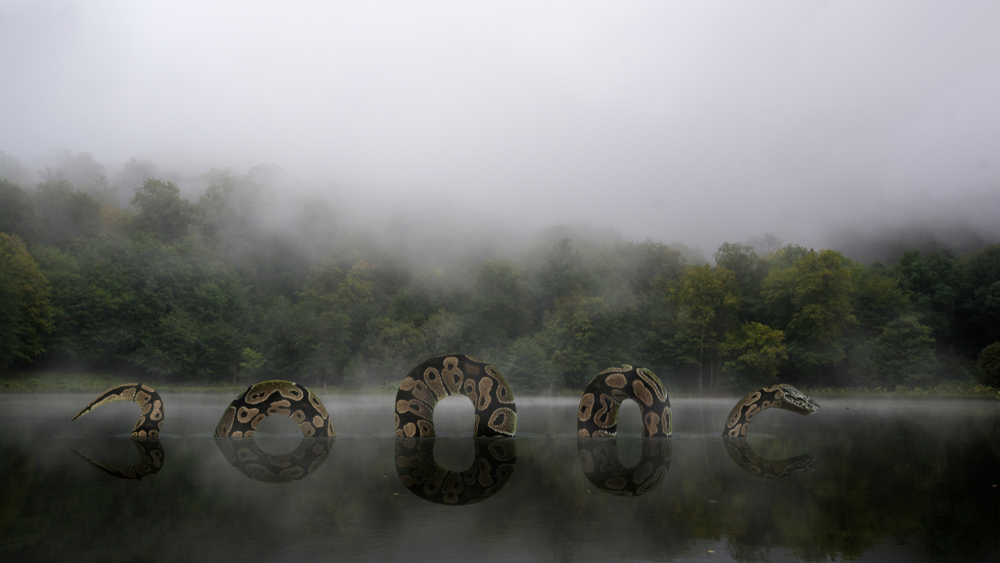A creature larger than any modern snake, the Titanoboa sheds light on ancient climate and ecosystems
Others are reading now
In the lush prehistoric jungles of what is now northern Colombia, a colossal predator once ruled the swampy lowlands. The Titanoboa cerrejonensis, a now-extinct snake species, is believed to be the largest ever discovered.
Stretching over 13 meters (42 feet) and weighing more than a ton, this ancient reptile has become a symbol of Earth’s distant past—and a key to understanding it.
Discovered in 2005 in the Cerrejón coal mine, the Titanoboa’s fossils remained undisturbed for nearly 60 million years. The mine, located in Colombia’s La Guajira region, offered scientists a rare look into the Paleocene epoch, a time when the Earth was warmer, wetter, and teeming with post-dinosaur life.
An Ancient Giant in a Hotter World
What makes the Titanoboa discovery especially significant is the context in which this creature lived.
Also read
Because it was cold-blooded, the snake’s massive size implies that it required consistently high ambient temperatures to thrive—somewhere between 30 and 34 degrees Celsius.
This supports theories that neotropical rainforests of the Paleocene were even warmer than today’s tropical ecosystems.
Julio Fierro, director of Colombia’s Geological Service, emphasized this point, noting that “the relationship between the Titanoboa’s size and the climate of its time provides new insights into ancient climate systems.”
Understanding these conditions can inform our modern discussions around global warming and long-term climate shifts.
A Diet That Defies Expectations
Unlike many large constrictor snakes that feed primarily on mammals, the Titanoboa may have preferred fish.
Fossil evidence shows that the snake’s teeth were slightly embedded into its jaw, a rare trait among carnivorous snakes and one that suggests an aquatic diet.
It’s believed the warm, mineral-rich waters of the time offered an ideal habitat for this unique feeding behavior.
Like modern boas, the Titanoboa would have suffocated its prey before swallowing it whole, then spent days or even weeks in a motionless digestive state.
Its feeding habits, however, suggest it played a distinctive role in the Paleocene food chain—an apex predator in a rich but fragile ecosystem.
Preserving Prehistoric Legacy
Today, the fossils of this prehistoric marvel are on display at the Museo Geológico Nacional de Colombia.
Visitors can view not only the remains of this once-dominant snake, but also educational exhibits exploring its anatomy, diet, and the ancient world it inhabited.
As reported by elEconomista, the Titanoboa serves as more than a fascinating fossil—it’s a critical reminder of how climate, evolution, and extinction have shaped life on Earth.
The discovery underscores the importance of protecting today’s ecosystems, many of which remain just as vulnerable as those that came before.


